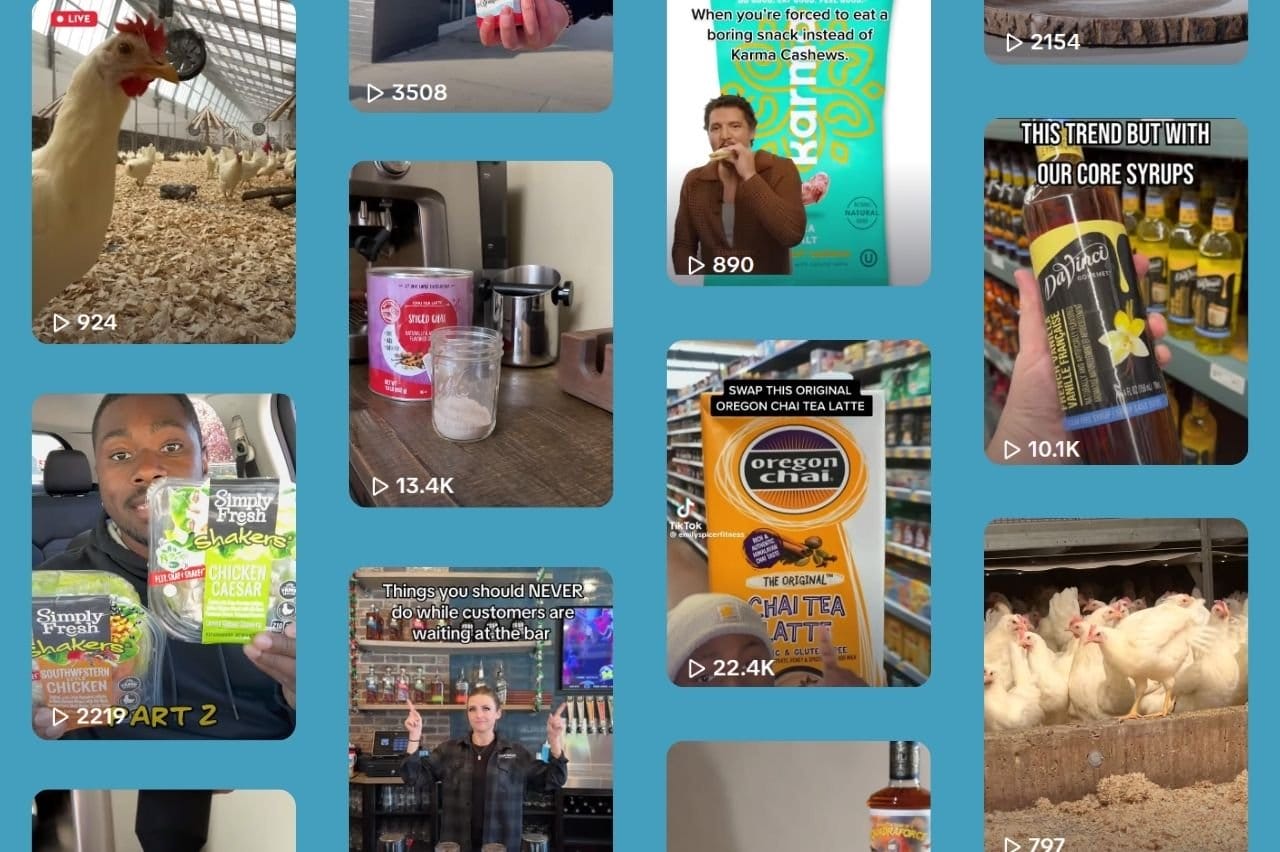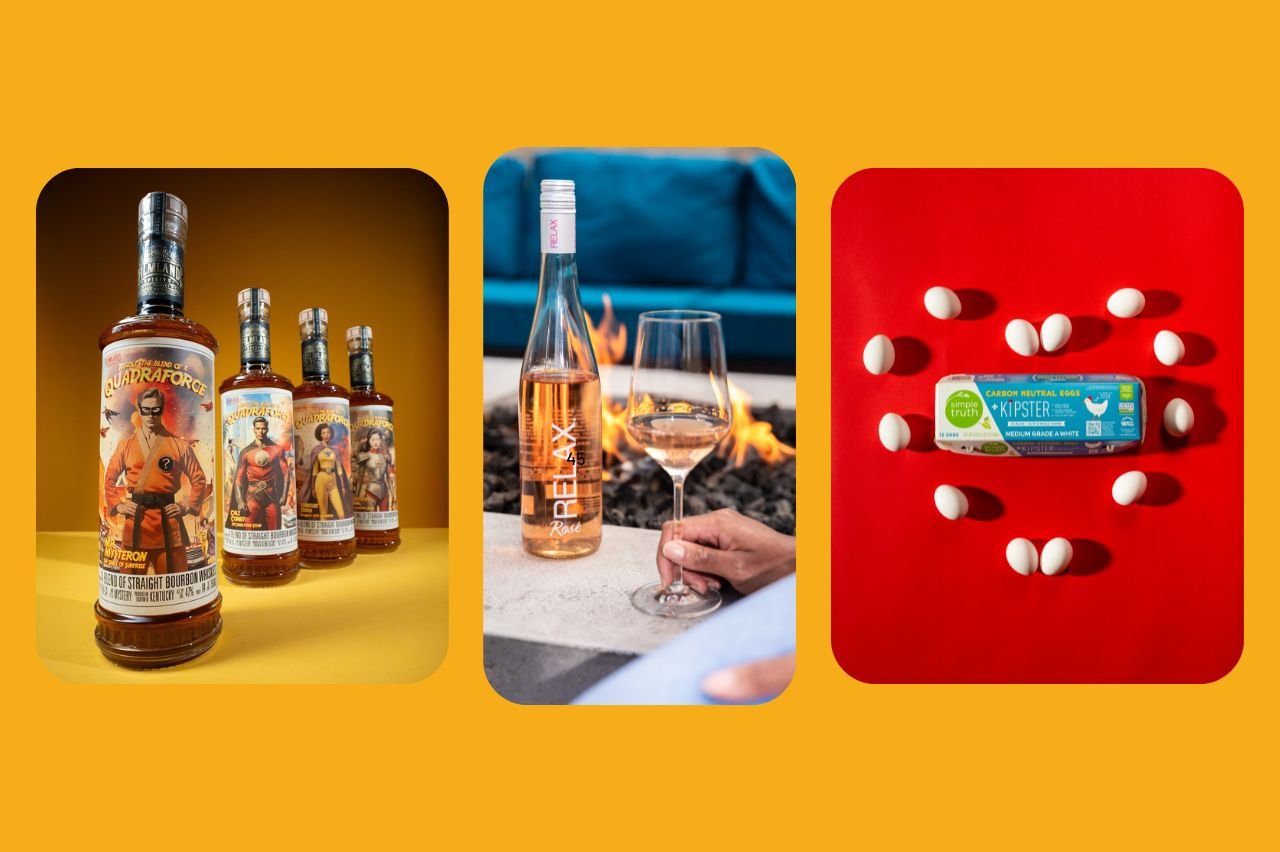Firebelly Bonfire: Making Pinterest Work For Your Brand

Unlike Facebook and Instagram, Pinterest is not a social medium per sé, but a search engine. However, it works differently than Google: the platform focuses entirely on images.
Pinterest is extremely popular among users for finding and saving inspiration on various topics. It is an easy way to collect and organize useful content from other sources.
Each month, our team gets together for a Firebelly Bonfire – a shared discussion over all things digital marketing and adapting to the ever-changing ad landscape. To give context on how Pinterest works for brands, here are our insights on utilizing the burgeoning social marketing tool:
Samantha Dietz (Senior Social Media Manager):
The objective isn’t to get “likes”, but to solve a problem. It’s all about the discovery. Keep this in mind when building your strategy. Create your content using the platform by investing in SEO best practices and – of course – always have your audience and their best interests in mind.
Duncan Alney (CEO):
Pinterest is an “interest” economy – and has full funnel capabilities on the organic and ads side. It’s a great channel – especially for food and beverage brands. Not to mention Pinterest-specific influencers.
Arnelle Mitchell (Social Ads Manager):
Have you ever heard the saying “Pinners are Planners”? That describes the platform perfectly. It’s useful for digital marketing because people searching on Pinterest are much more likely to experiment and try brands or concepts that they aren’t familiar with. It seems more authentic too. Unlike other social media platforms that try to keep you on their page at all costs (looking at your Instagram), Pinterest search engine capabilities send traffic directly to your website.
Lauren Johnson (Executive Director):
This taps into how creator-friendly the platform is – making it a very attractive option for brands from several perspectives: discovery, credibility, engagement, and sales conversion.
Nicolas Meyer (Social Ads Manager):
This is the step-by-step process to get your Pinterest account set up and optimized.
-
Fill out your Pinterest company profile completely
It may sound trivial, but make sure that all the fields of your company are filled in. Especially important: the name you use, the profile picture, claim your website, install the Pinterest tag, and a keyword-rich description of your company.
-
Make use of keywords
Pinterests’ algorithm is unique in that it aggregates content based on keywords in your title text, descriptions, and the pins themselves. The image search engine ranks content very strongly according to keywords. Therefore, make sure to provide all relevant points where customers are attracted by suitable keywords. This includes the profile name and description, the title and description of the individual pins, and the name of the pin boards.
-
Rely on high-quality and inspirational
Pinterest works purely via images and video. You won’t get far with quick cell phone snapshots; your pins should be convincing with high-quality images.
-
Pin the right content
On Pinterest, you can benefit greatly from themed pin boards or seasonal content. There are also numerous considerations when placing your products in everyday life.
Emily Hines (Senior Social Media Manager):
Basically, making Pinterest work is all about establishing your goals and identifying assets you have to support the platform.
Ultimately, as Nicolas said, if you sell a product, it’s essential to connect your product catalog. This is a very simple process that will enable users to find your products using the search function. Bonus: pricing and availability are updated automatically.
Also, if you have a great blog – like this one, of course! – that helps with consumer education or inspiration, focus on creating standard or video pins that can drive traffic to your website.
If you’re not sure how you want to use Pinterest but want to test the platform, consider repurposing Instagram Reels and or Instagram Story content to build brand awareness and interest.



